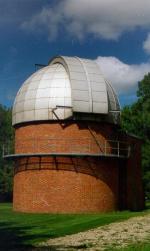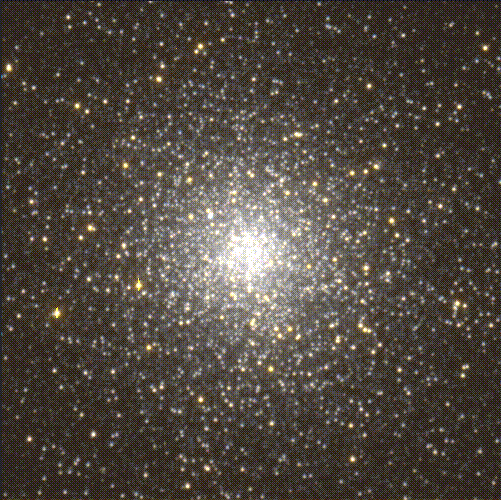| Warner and Swasey Observatory |
| Case Western Reserve University | Nassau Station |
| Visitors |
|
» Home » News » Gallery » Reference » Weather |
| Science Resources |
|
» NSRT User Interface » Software » Data Archive » Download Data |

|
 |

Red giants are stars that have exhausted their core hydrogen fuel, and are now in the helium-burning stage of their lives. The burning of helium is known as the triple alpha process. Red giants are much larger, more massive, and more diffuse than main sequence stars. They are also much more luminous. They burn helium into carbon, and sometimes oxygen, in their cores, and have hydrogen-burning shells around their cores where helium continues to be produced. Stars that are about solar-sized and larger go through the red giant stage during the course of their lives. Stars that are a lot smaller never get hot enough to burn helium.
At this point in a star's life, it starts losing mass. Some of the lighter elements start getting blown away by the star. This mass loss continues at different times throughout the star's life.
 | This image of 47 Tucanae was taken with a 1.5 m telescope at Cerro Tololo by Bill Keel, Ray White III, and Chris Conselico, from the University of Alabama. It is a globular cluster in which you can easily see many red giants. |
|---|
When the Sun reaches this stage in its life, it will swell to 30-100 times its present size. Needless to say, if anything is still alive on the Earth, it will not survive this change.
On to the next stage
Back
Created by Marta Lewandowska, July 1999.
©1999 CWRU Astronomy Dept.
comments
Last modified July 1999
Case Western Reserve University